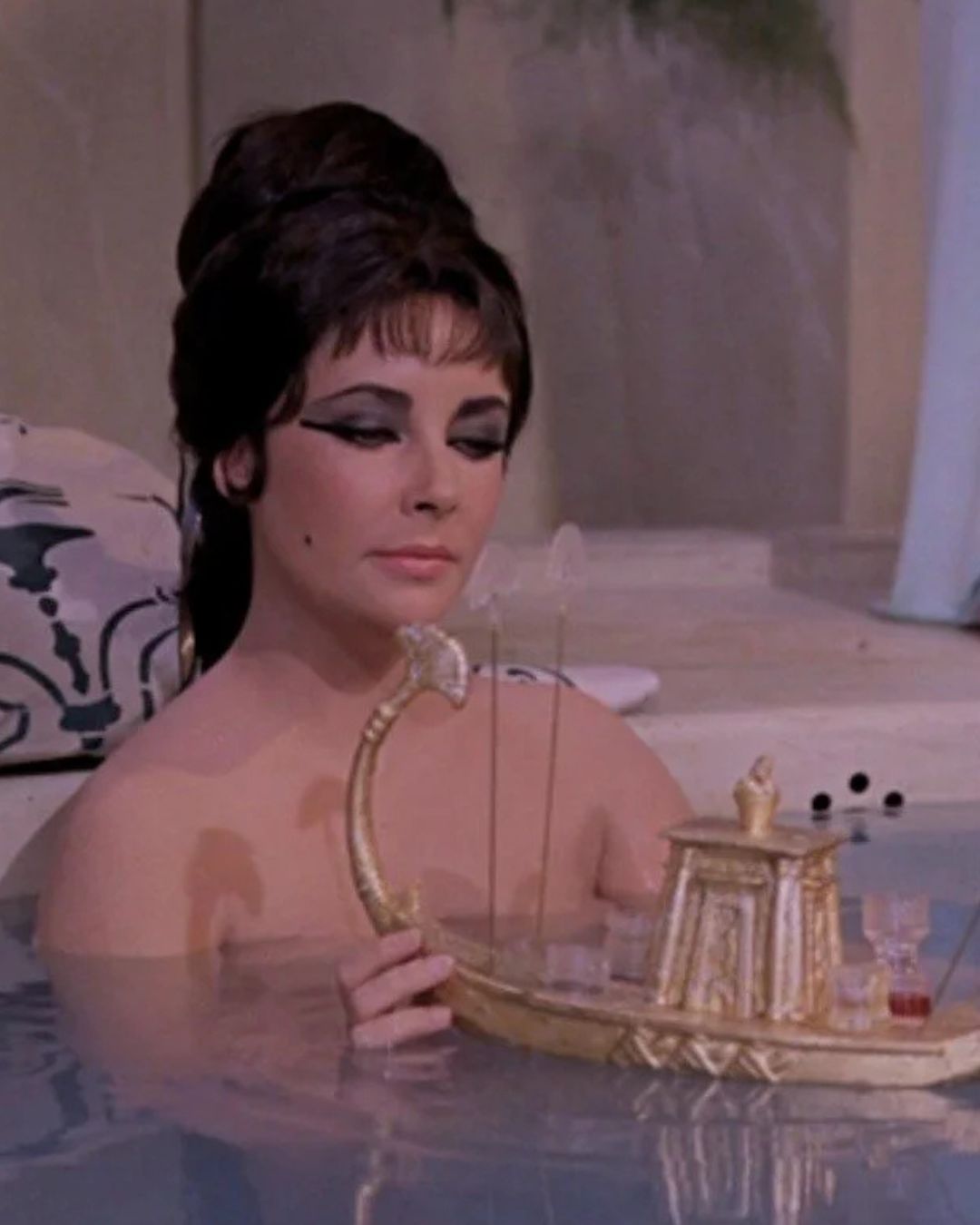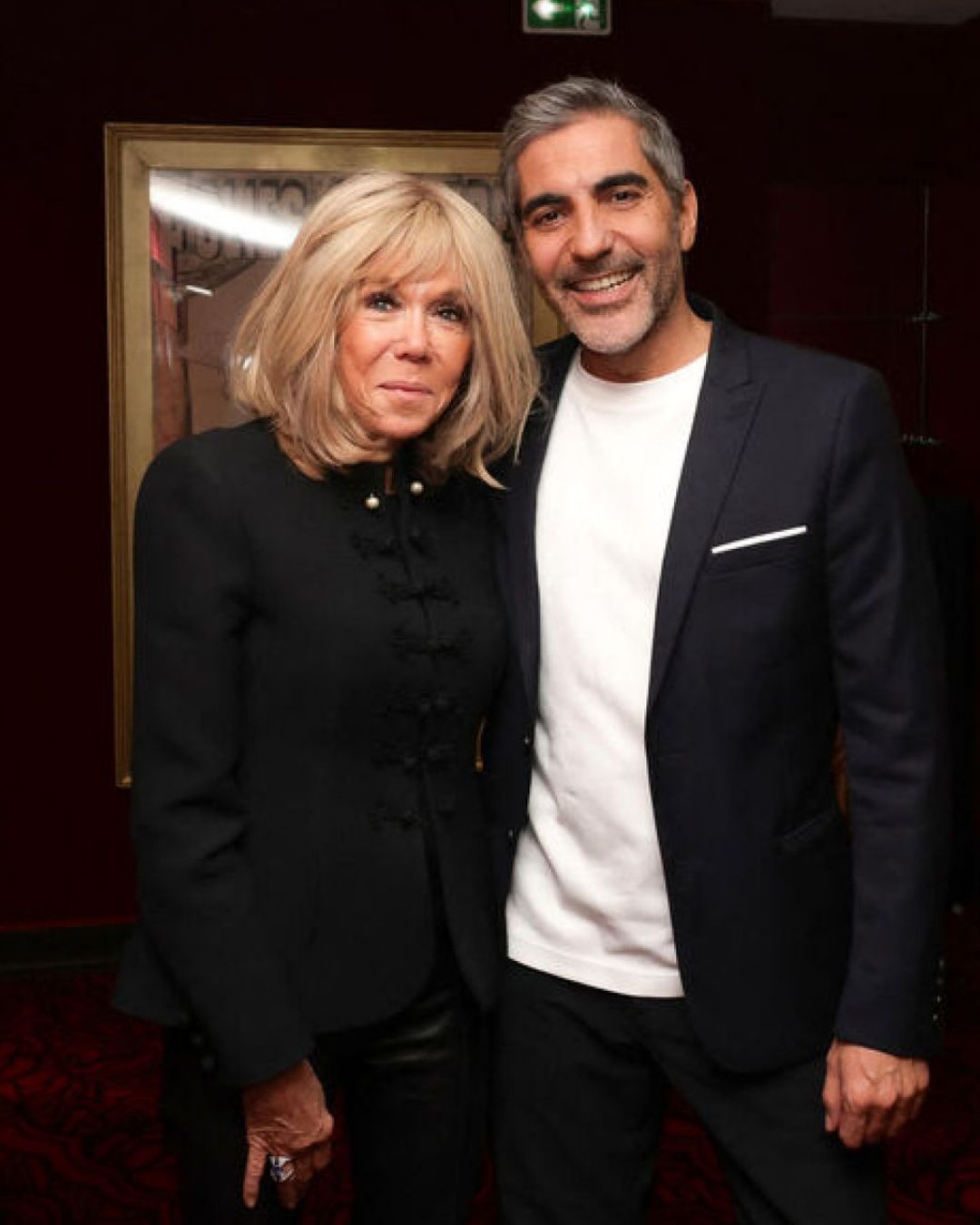
Miss Italy should not die, but maybe it should If the Netflix documentary thinks it can prove the opposite, it is completely wrong
Criticizing Miss Italia non deve morire is almost too easy—like shooting fish in a barrel. A new non-fiction production from Netflix, the documentary by Pietro Daviddi and David Gallerano attempts to outline the history of the beauty pageant, its decline, and the efforts of its patron, Patrizia Mirigliani—daughter of Enzo, who had directed the event since 1959—to bring it back to Rai 1. A failed attempt in 2023, during the filming of the documentary, and again in 2024, with the pageant still absent from Rai’s schedule. Now, with the Netflix release, we can officially put the final nail in its coffin. RIP.
Why the documentary Miss Italia non deve morire has the opposite effect
There is truly no reason to bring back such an example of antiquated, backward, and outdated entertainment to public broadcasting. And if it were to happen, it would be solely due to the Meloni government’s desire to provoke those who have fought for years against the commodification of women’s bodies, pushing a narrative that portrays the pageant as an essential part of Italy’s tradition and DNA—without realizing that it’s actually a part of history that would be better erased. However, in doing so, it also exposes a blatant attempt to revive gender inequality, especially when one of the organizers casually remarks that the winner should not be vulgar but should represent an ideal: the perfect wife.
Review of Miss Italia non deve morire on Netflix
It is unclear what direction and tone the two directors intended to take—perhaps they should have considered incorporating a female perspective when discussing Miss Italia, instead of writing the documentary with Romeo Gregorio. The Netflix production is a series of contradictions that seem more careless than intentional. On top of that, there is plenty to critique about the documentary’s aesthetic choices. In terms of staging, it appears to mimic the styles of Matteo Garrone in Reality or the grotesque elements of Paolo Sorrentino in La Grande Bellezza. But was that the goal? Did Patrizia Mirigliani, with her framed photo of Donald Trump displayed at home, realize what was happening? It’s hard to say what’s worse—not knowing if the irony is intentional or if it’s just a natural consequence of the many contradictions within a pageant that claims to be adapting to the times yet still features a regional agent commenting on a contestant’s backside, saying it’s too big.
In conclusion, Miss Italia non deve morire takes us into a world even sadder than we remembered—artificial and staged, as beauty pageants so often are. The blame for its demise is placed on everything and everyone: on the "terrible feminism" that Patrizia Mirigliani criticizes—while paradoxically leveraging it when pointing out that her journey was harder than her father’s because he was a man—and on the radical chic, dismissed as just a small group opposing an establishment eager to bring Miss Italia back. Contradictions abound: for instance, the pageant claims to seek purity and authenticity, yet contestants are made to draw a world conflict to reference on stage—just to avoid the usual clichés about world peace. If Miss Italia had already become a sad spectacle, seeing what it has now become is even worse. It has turned into a symbol and manifesto of the decline of an outdated mindset, which the documentary makes even more evident and inescapable. And while parts of it may spark anger or disbelief, those feelings quickly fade. Because even though there is still a long way to go in terms of respecting women and understanding beauty beyond objectification, one thing is clear: Miss Italia must die.
























































